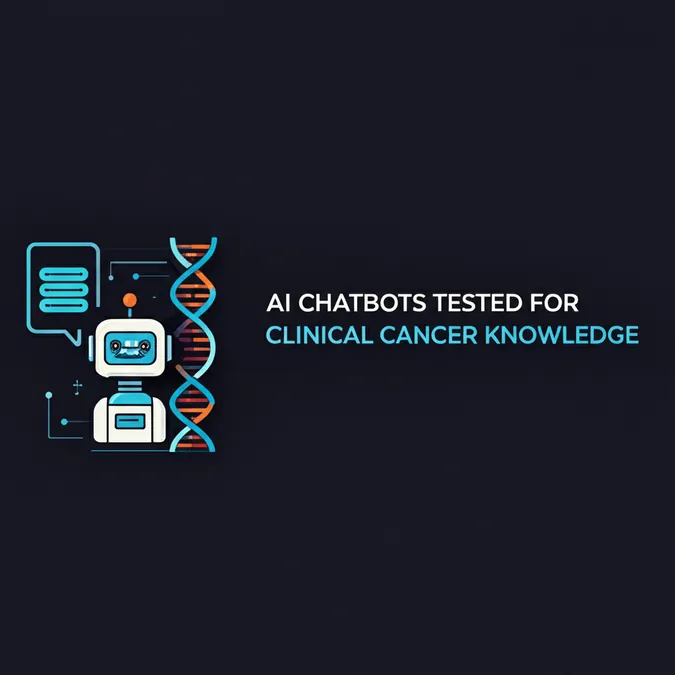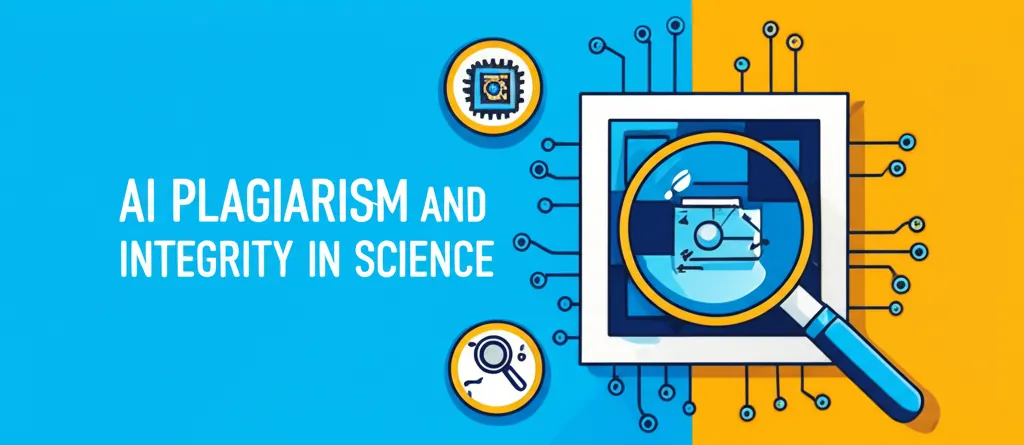Developer Offer
Try ImaginePro API with 50 Free Credits
Build and ship AI-powered visuals with Midjourney, Flux, and more — free credits refresh every month.
AI in Indian Classrooms A Double Edged Sword
Drishti Rakhra, a lecturer with six years of experience, has witnessed a fundamental shift in the educational landscape. What was once a space dominated by real-time, face-to-face conversations has been irrevocably altered. As she notes, AI has changed everything, introducing a new set of challenges and opportunities into classrooms across India.
The New AI Assistant in Student Life
Not long ago, a student's primary tools were textbooks, notebooks, and a library card. Today, many have a powerful AI assistant in their pocket. Tools like ChatGPT have become the go-to resource for everything from brainstorming ideas to drafting entire assignments. This shift has led to a noticeable change in the quality and style of student writing. While AI can help produce grammatically correct and well-structured text, it often lacks the personal voice, critical depth, and nuanced understanding that comes from genuine engagement with a topic. Educators are now faced with the difficult task of discerning between a student's original work and a polished, AI-generated submission.
A Rising Tide of Academic Anxiety
The integration of AI is not just a matter of academic integrity; it is also a source of significant anxiety. Students feel pressure to use these tools to keep up with their peers, yet they also worry about being accused of plagiarism. They struggle with the ethical lines of using AI for assistance versus cheating. On the other side, teachers are anxious about their ability to fairly assess student knowledge and skills. The traditional assignment, once a reliable measure of comprehension, is becoming less effective, forcing educators to rethink their evaluation methods entirely.
Redefining the Role of the Educator
In this new environment, the role of the teacher is evolving from that of a primary information source to a facilitator of critical thinking. The focus is shifting from what students know to what they can do with their knowledge. This means teaching students how to use AI tools responsibly and ethically. Educators must guide them in asking the right questions, critically evaluating AI-generated responses, and using technology to enhance, not replace, their own intellectual labor. The classroom is becoming a training ground for a future where collaborating with AI will be a standard skill.
Navigating the Risks of AI Dependency
One of the most significant concerns is the potential for AI addiction or over-reliance. When students can get instant answers, the motivation to wrestle with complex problems and develop their own problem-solving skills can diminish. This dependency risks stunting intellectual curiosity and the development of a resilient, analytical mind. Balancing the use of AI as a helpful tool against the danger of it becoming a cognitive crutch is one of the most critical challenges facing modern education.
The Future of Learning in an AI-Driven World
The AI revolution in education is here to stay. Ignoring it is not an option. The path forward requires a thoughtful and strategic approach from students, teachers, and institutions. This includes developing clear policies on AI usage, investing in training for educators, and designing new forms of assessment—such as in-class discussions, oral presentations, and project-based work—that prioritize critical thinking and originality. By embracing innovation while addressing its inherent challenges, the education system can prepare students for a world where human and artificial intelligence work side by side.
Compare Plans & Pricing
Find the plan that matches your workload and unlock full access to ImaginePro.
| Plan | Price | Highlights |
|---|---|---|
| Standard | $8 / month |
|
| Premium | $20 / month |
|
Need custom terms? Talk to us to tailor credits, rate limits, or deployment options.
View All Pricing Details

